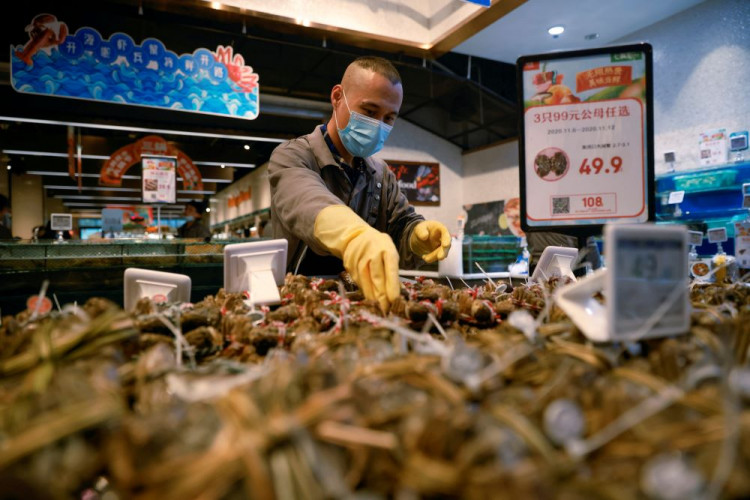In March, China's consumer inflation witnessed a more significant cooling than anticipated, paired with a continuation of producer price deflation, casting a spotlight on the enduring challenges within the world's second-largest economy. The National Bureau of Statistics (NBS) reported a mere 0.1% increase in consumer prices from the previous year, a notable deceleration from February's 0.7% rise. This subdued inflation underscores the protracted property crisis's impact on consumer and business confidence.
The persistent deflationary pressures, evident from a 2.8% year-on-year decline in producer prices, underscore the complex economic landscape China faces. The downturn in producer prices, marking an 18th consecutive month of contraction, reflects the overcapacity issues that threaten to undermine efforts by the People's Bank of China (PBOC) to reinvigorate the economy.
In response to these challenges, the PBOC has pledged to support household income growth and reasonable consumer credit demand while addressing the "blind expansion" in overcapacity sectors. Despite these measures, the structural imbalances in the economy, with credit favoring production over consumption, highlight the diminishing impact of monetary policy tools.
The weak inflation figures come amid a backdrop of Lunar New Year distortions and improving demand signals from factory surveys in March. However, analysts caution against overinterpretation of these signs, pointing to the seasonal nature of price fluctuations and the broader overcapacity dilemma.
Consumer reluctance towards major purchases, fueled by economic uncertainties and a fragile job market, continues to dampen household spending. With core inflation slowing to 0.6% in March, the inflationary landscape in China remains well below the PBOC's targets, prompting discussions around the potential benefits of further rate cuts.
The juxtaposition of rising inflation in the U.S. and shrinking inflation in China highlights the diverging monetary policy stances between the two economic powerhouses. This divergence is expected to maintain the existing interest rate gap, adding another layer of complexity to China's economic outlook.
Compounding these challenges, Fitch Ratings recently downgraded China's credit outlook to "negative," citing public finance risks, slowing growth, and mounting debt. This rating adjustment reflects growing concerns over China's ability to navigate its economic slowdown and counter deflationary pressures effectively.
As Beijing continues to implement monetary stimulus measures, the effectiveness of these efforts in sparking a robust economic recovery remains uncertain. The prolonged deflationary trend, especially in factory gate prices, alongside the sustained downturn in consumer spending, underscores the need for a recalibrated approach to stimulate growth and restore confidence in the Chinese economy.






